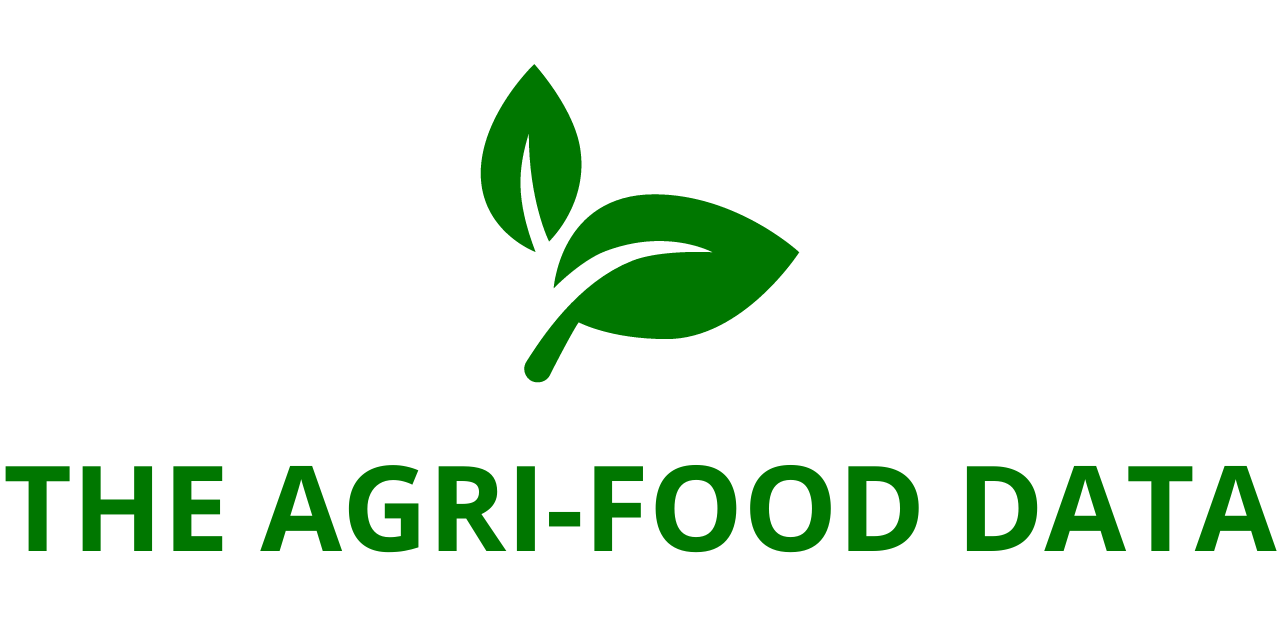
Agricultural Innovation Driving Basmati Rice Market Outlook 2025–2034 Organic and Premium Varieties Lead the Way
A new report titled “Basmati Rice Market Size, Share, Trends, Agricultural Innovation Analysis, and Forecast 2025–2034: Global Industry Growth, Competitive Landscape, Opportunities, and Challenges” has been released by ResearchAndMarkets.com, offering a comprehensive overview of the basmati rice industry’s trajectory over the next decade. The report forecasts the global basmati rice market to grow significantly, with its valuation rising from USD 13.1 billion in 2025 to approximately USD 37.5 billion by 2034, marking a strong compound annual growth rate (CAGR) of 12.4%.
Basmati Rice: A Global Culinary and Cultural Staple
Basmati rice, traditionally cultivated in the fertile plains of northern India and Pakistan, is globally recognized for its long grains, aromatic fragrance, and subtly nutty flavor. It remains a core ingredient in several Asian, Middle Eastern, and increasingly, Western cuisines. Basmati’s appeal extends beyond taste and aroma—it is also appreciated for its lower glycemic index, making it a preferred choice for health-conscious consumers.
As global palates diversify and embrace more culturally rich and health-oriented ingredients, basmati rice has found a growing audience in regions far beyond its traditional markets. From biryanis and pilafs to fusion cuisine, the rice’s versatility has fueled steady demand.
Market Dynamics: Growth Factors, Trends, and Constraints
Key Growth Drivers
- Rising Global Demand for Indian Cuisine
The increasing popularity of Indian cuisine, including dishes like biryani, curry rice, and pulao, is driving demand for authentic basmati rice globally. As international consumers seek genuine ingredients, basmati rice becomes a staple in ethnic food aisles and upscale restaurants alike. - Health-Conscious Eating Trends
As consumers move toward healthier eating habits, demand for rice varieties with a lower glycemic index is surging. Basmati rice, especially brown and aged variants, fits well into diabetic-friendly and balanced-diet plans. - Increase in Disposable Incomes in Emerging Economies
As middle-class populations grow in countries across Asia, Africa, and Latin America, demand for premium and high-quality rice is also on the rise. Changing dietary habits, greater culinary awareness, and a willingness to spend on branded and organic food products further support this trend. - Supportive Trade and Export Policies
Government-backed incentives, infrastructure support, and free trade agreements in India and Pakistan have provided tailwinds to rice exporters. This has allowed basmati rice to expand into newer markets, including parts of Eastern Europe and Sub-Saharan Africa. - Premium and Organic Basmati Rice
Growing awareness around pesticide residues and sustainable farming has led to rising demand for organic, non-GMO, and aged basmati rice. Major food retailers and private-label brands have responded by expanding their organic product portfolios.

Notable Trends Shaping the Market
- Surge in Ready-to-Cook Basmati Offerings
Time-starved urban consumers are increasingly turning to instant and semi-prepared food solutions. As a result, manufacturers are introducing microwaveable and quick-cook basmati rice variants that retain flavor and texture while offering convenience. - Private-Label Expansion
International retailers such as Walmart, Tesco, and Carrefour are increasingly offering their own branded basmati rice. This not only increases accessibility but also enhances price competition and brand loyalty. - Technological Innovation in Cultivation
Adoption of precision agriculture tools—such as remote sensing, drip irrigation, and real-time monitoring—is improving yield, grain uniformity, and sustainability in cultivation. Farmers are also experimenting with organic fertilizers and crop rotation to enhance soil health. - Sustainability and Water Usage
Water-intensive rice farming is under scrutiny, prompting a shift toward sustainable practices. Innovations in irrigation and low-water-demand rice varieties are being explored, especially in regions prone to water scarcity.
Challenges Facing the Basmati Rice Market
Despite robust growth prospects, the industry is grappling with several hurdles:
- High Production Costs and Climate Sensitivity
Basmati rice cultivation requires specific agro-climatic conditions, including well-irrigated plains and long growing cycles. Weather anomalies such as unseasonal rainfall, droughts, and rising temperatures pose risks to yield and grain quality. Coupled with rising input costs, this can impact profitability. - Price Volatility and Export Fluctuations
Global basmati prices are sensitive to supply-demand dynamics, currency fluctuations, and export policies. Unanticipated bans, trade restrictions, or freight cost hikes can disrupt shipments and erode margins. - Stringent Quality Control and Certification Requirements
Export markets, particularly in the EU and North America, require rigorous testing and certification related to pesticide residues, grain length, aroma, and purity. The cost and complexity of meeting these standards can limit market entry for smaller producers. - Competition from Alternative Long-Grain Rice
Other rice varieties such as Jasmine (from Thailand), American long-grain, and aromatic hybrids are intensifying competition in international markets, especially where price sensitivity trumps brand loyalty. - Environmental and Regulatory Pressures
Growing scrutiny over basmati’s carbon and water footprint is compelling producers to adopt cleaner, greener methods. While beneficial long term, the transition can be capital-intensive and challenging, particularly for smallholder farmers.
Market Segmentation and Regional Insights
The report provides detailed basmati rice market forecasts across 27 countries and 5 key regions: Asia-Pacific, Middle East & Africa, Europe, North America, and Latin America. Asia-Pacific continues to dominate in both production and consumption, with India as the largest producer and exporter. The Middle East remains a key export destination, particularly for aged and premium basmati, while Europe is seeing a surge in organic basmati imports.
By end-user segmentation, the market is divided among household consumption, foodservice/hospitality, and retail/private label channels. Retail and direct-to-consumer sales are expected to experience the fastest growth, propelled by e-commerce and health-focused branding.





